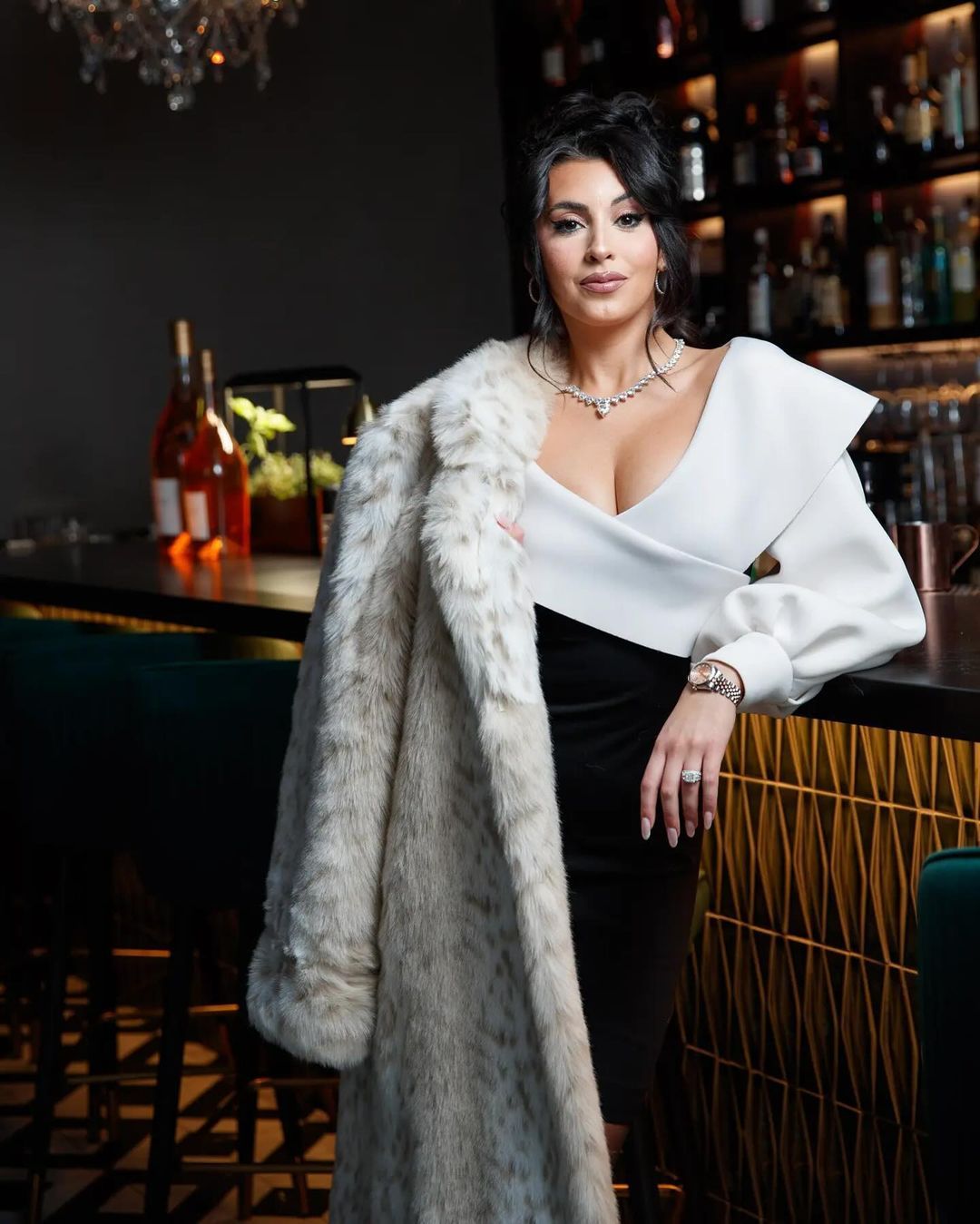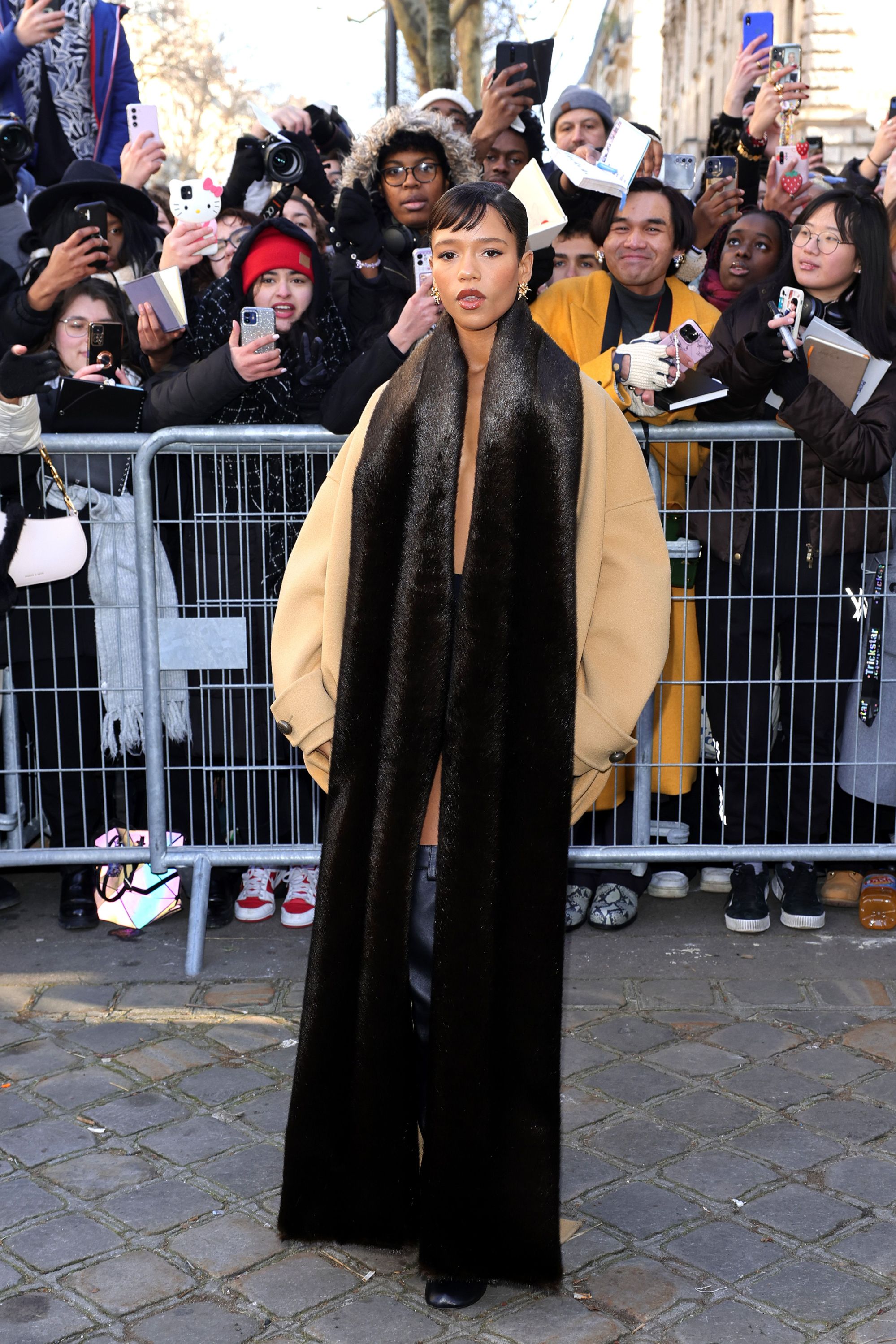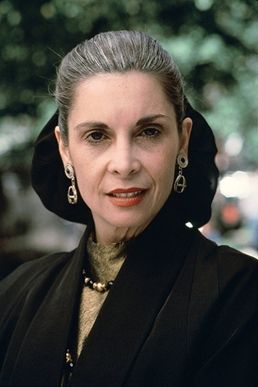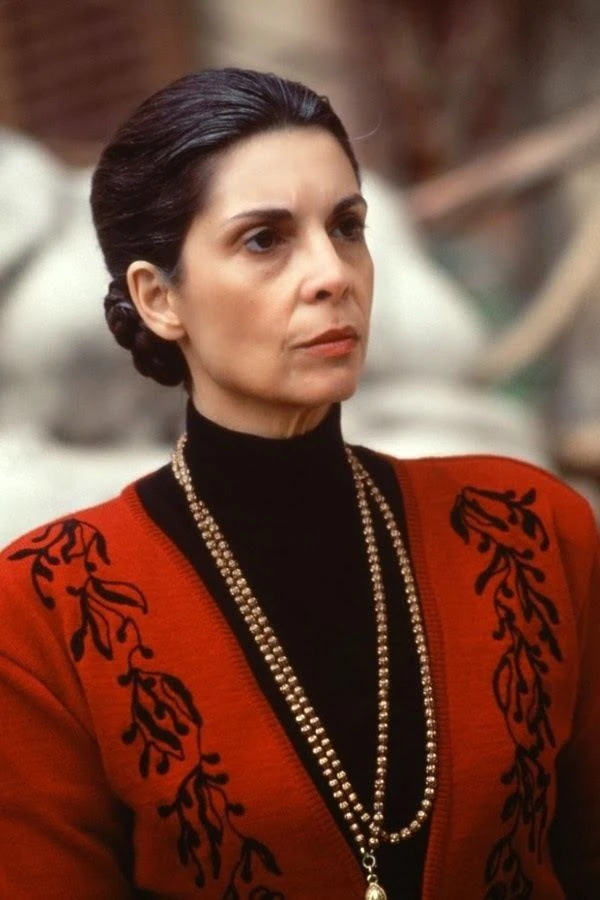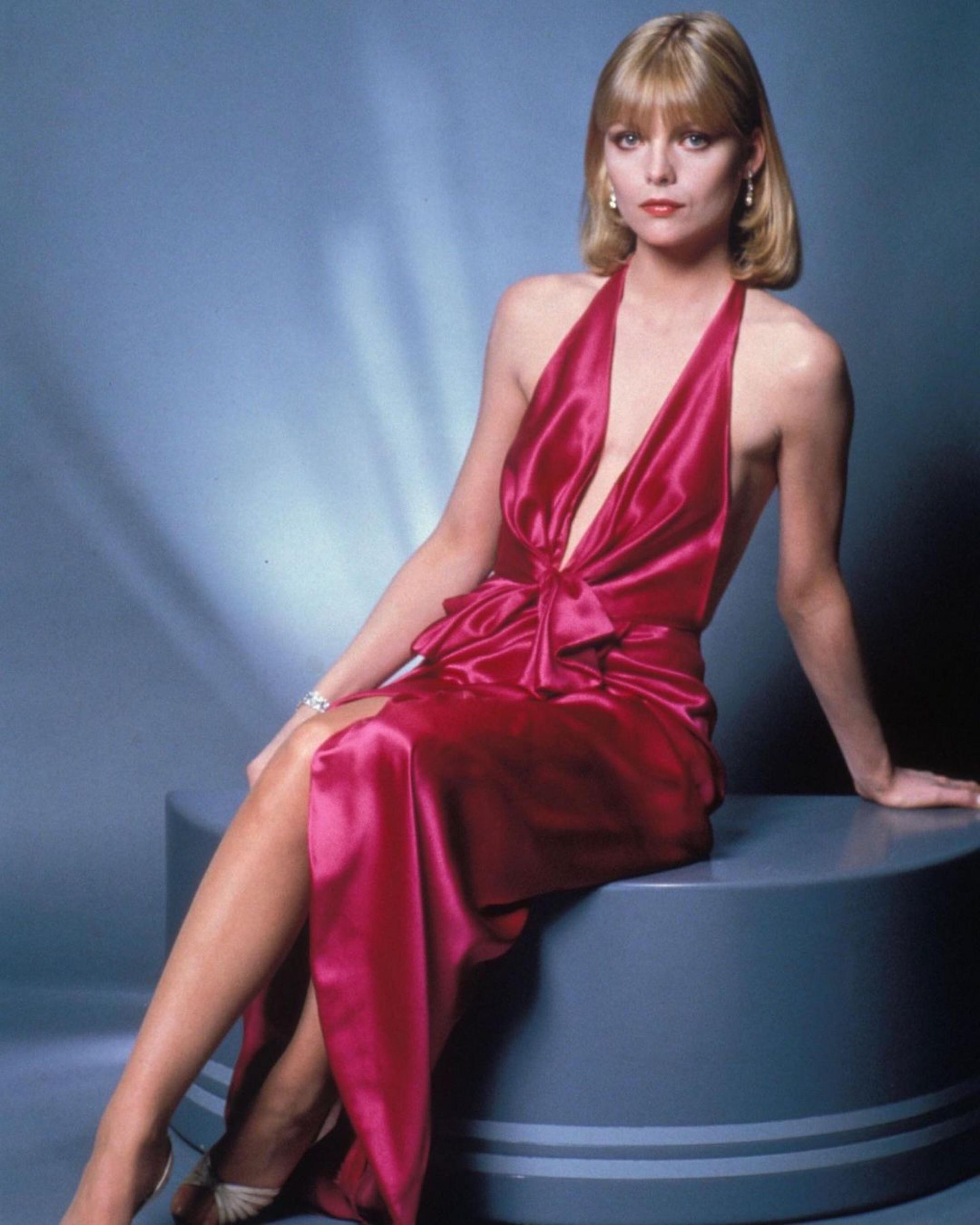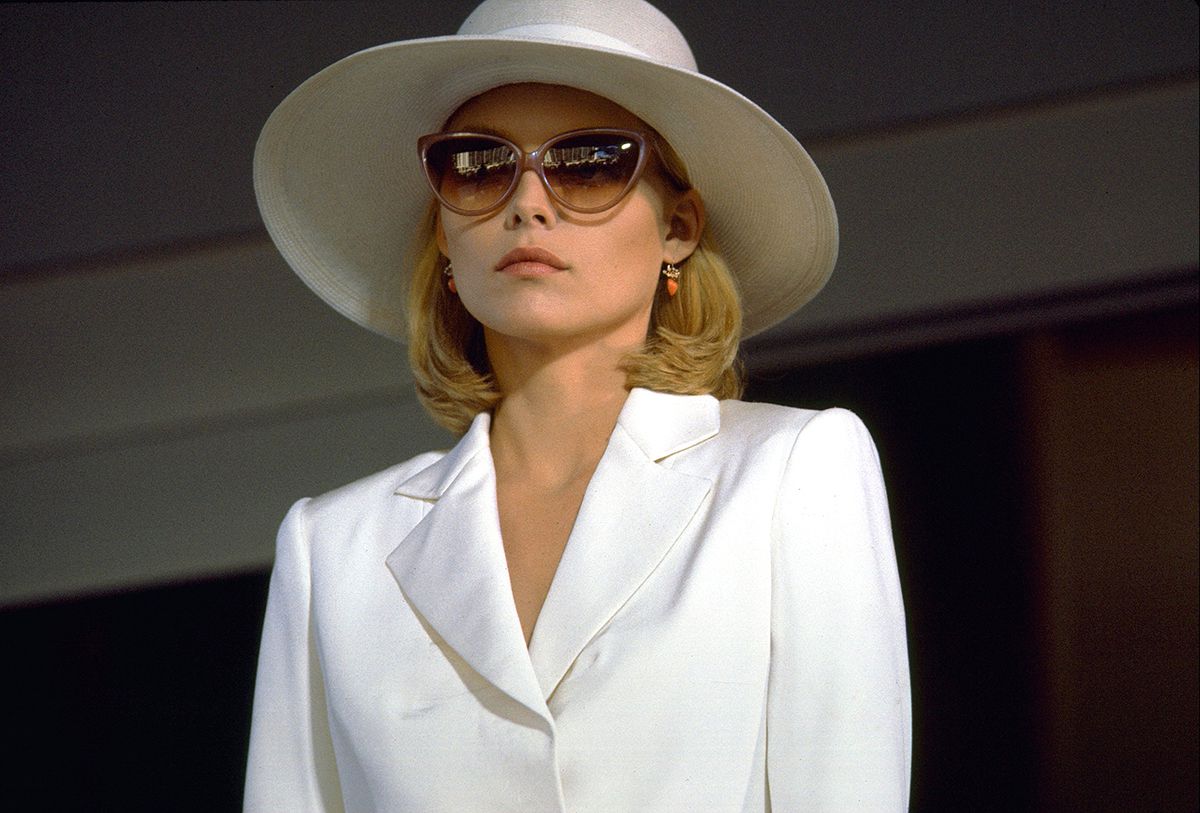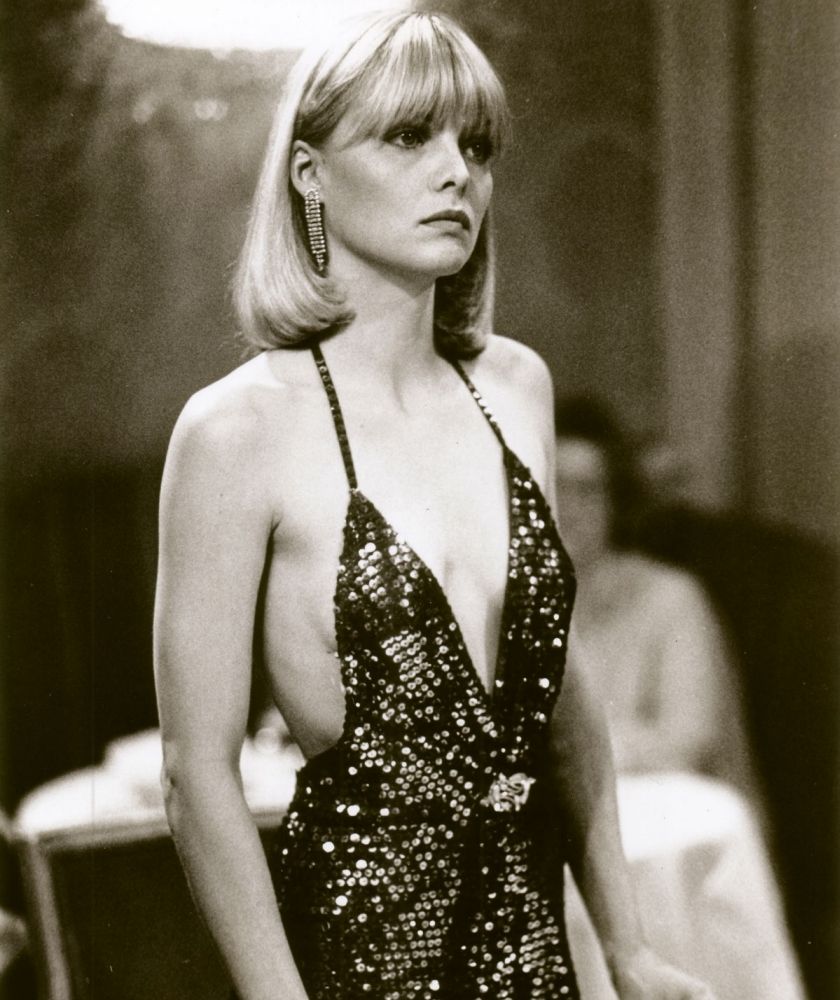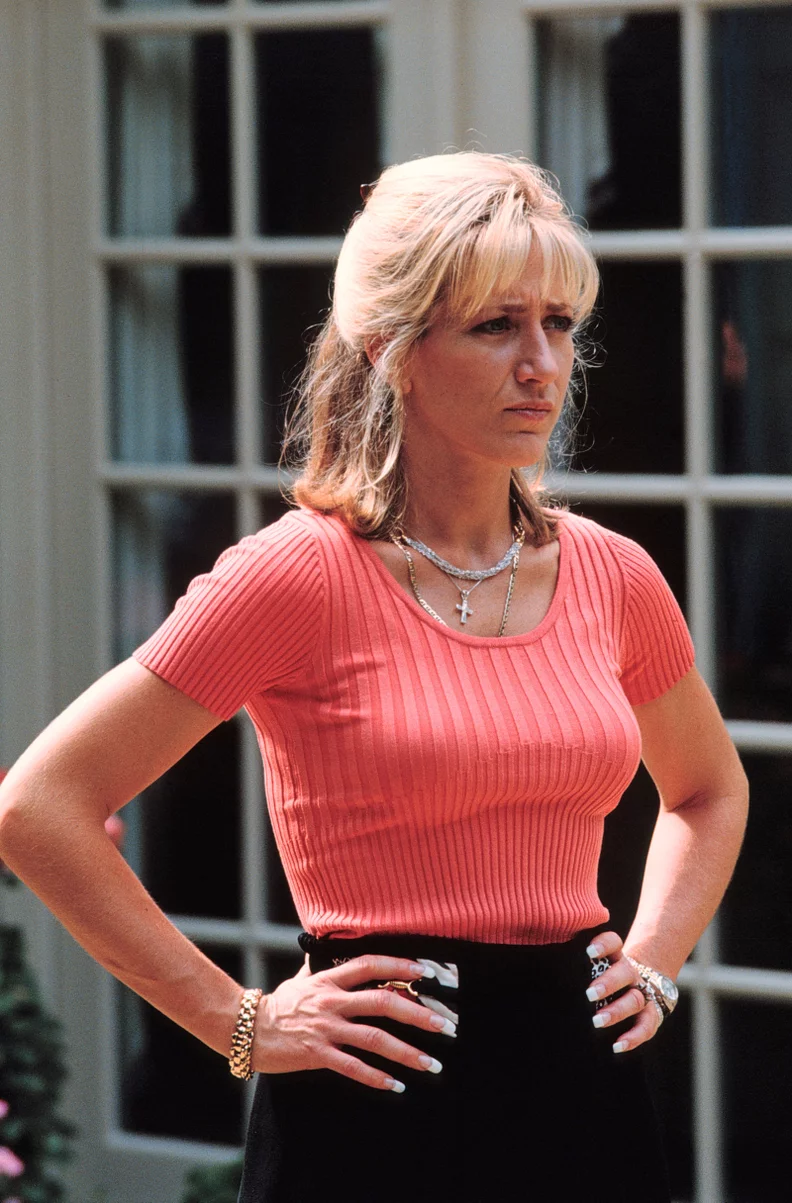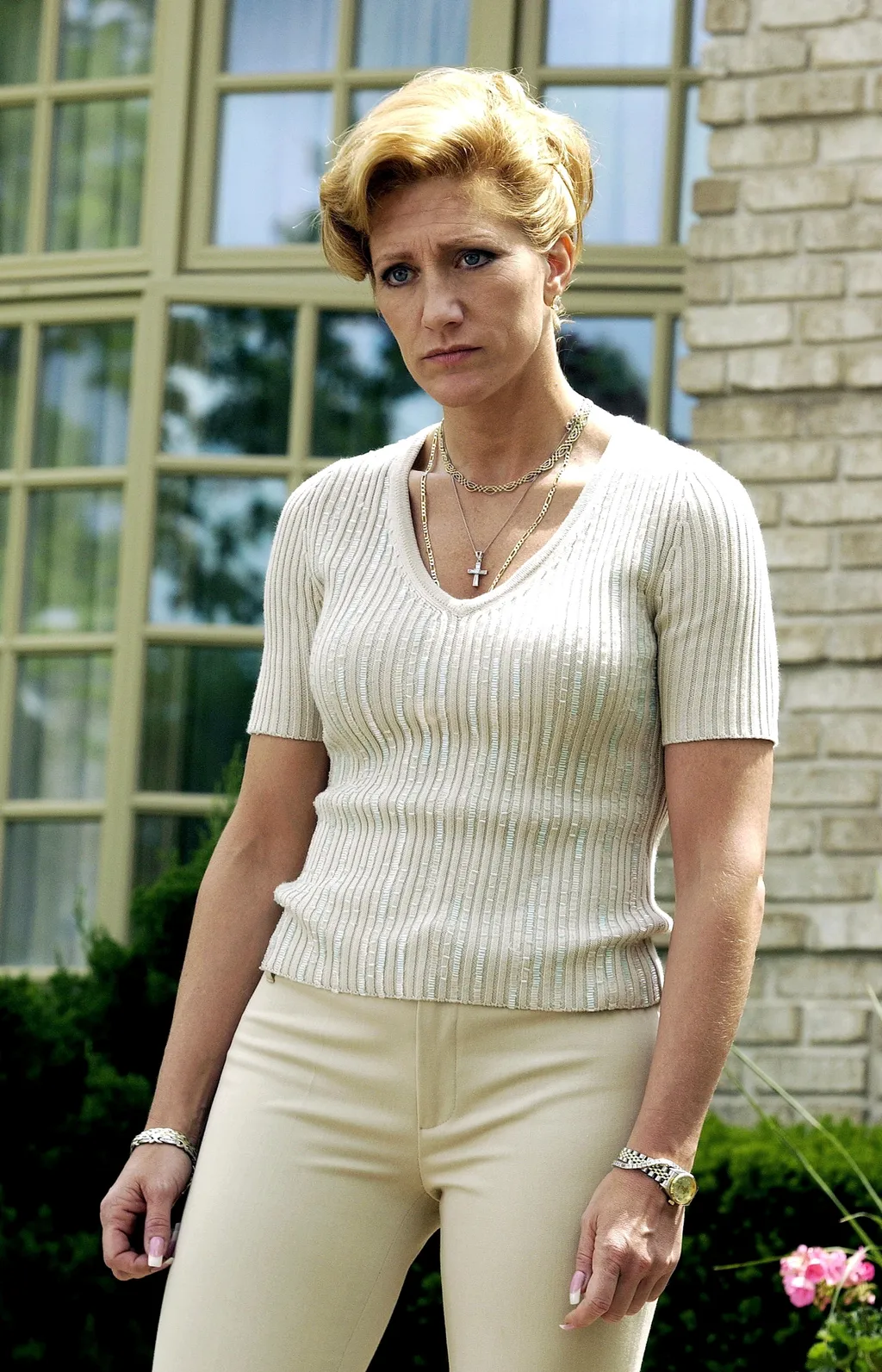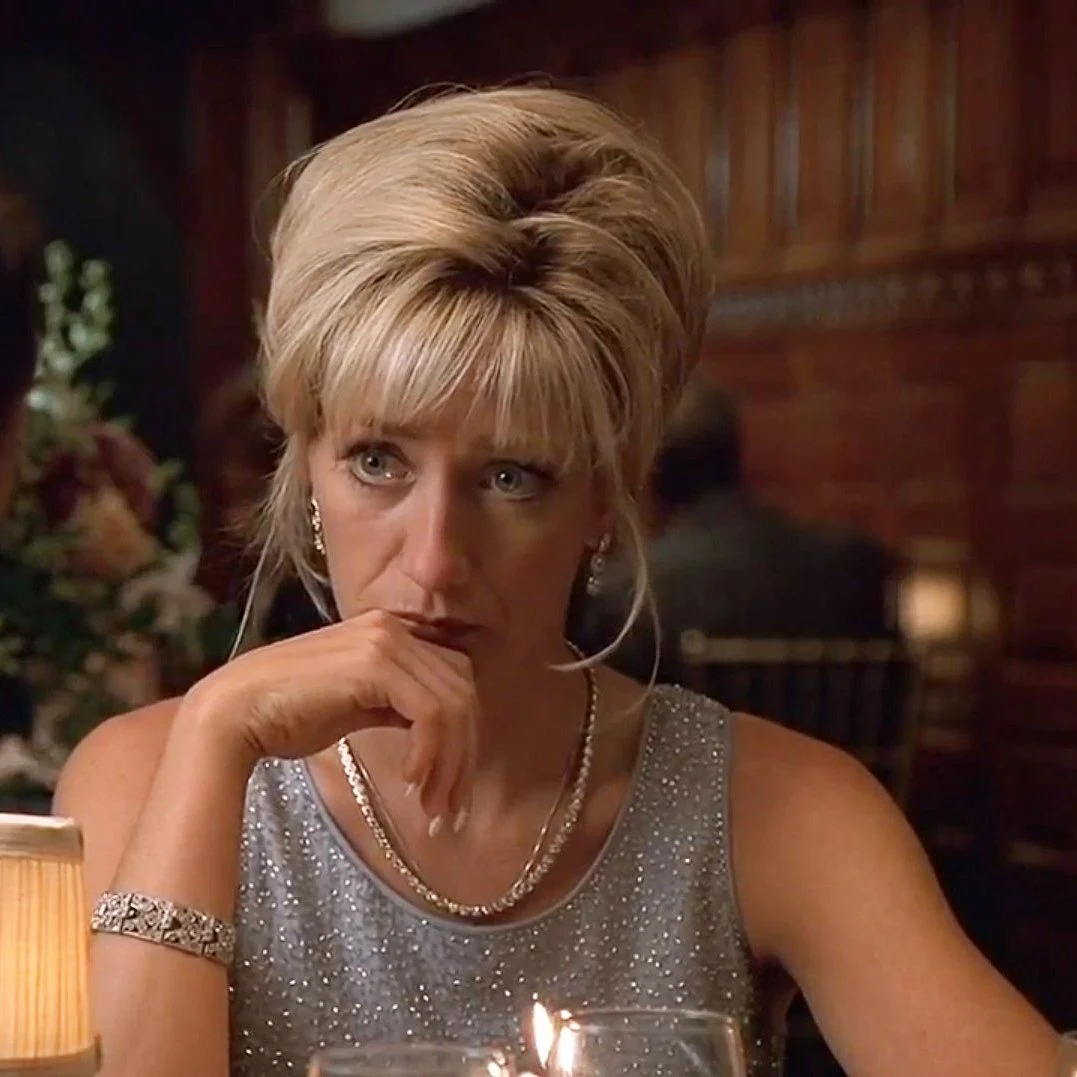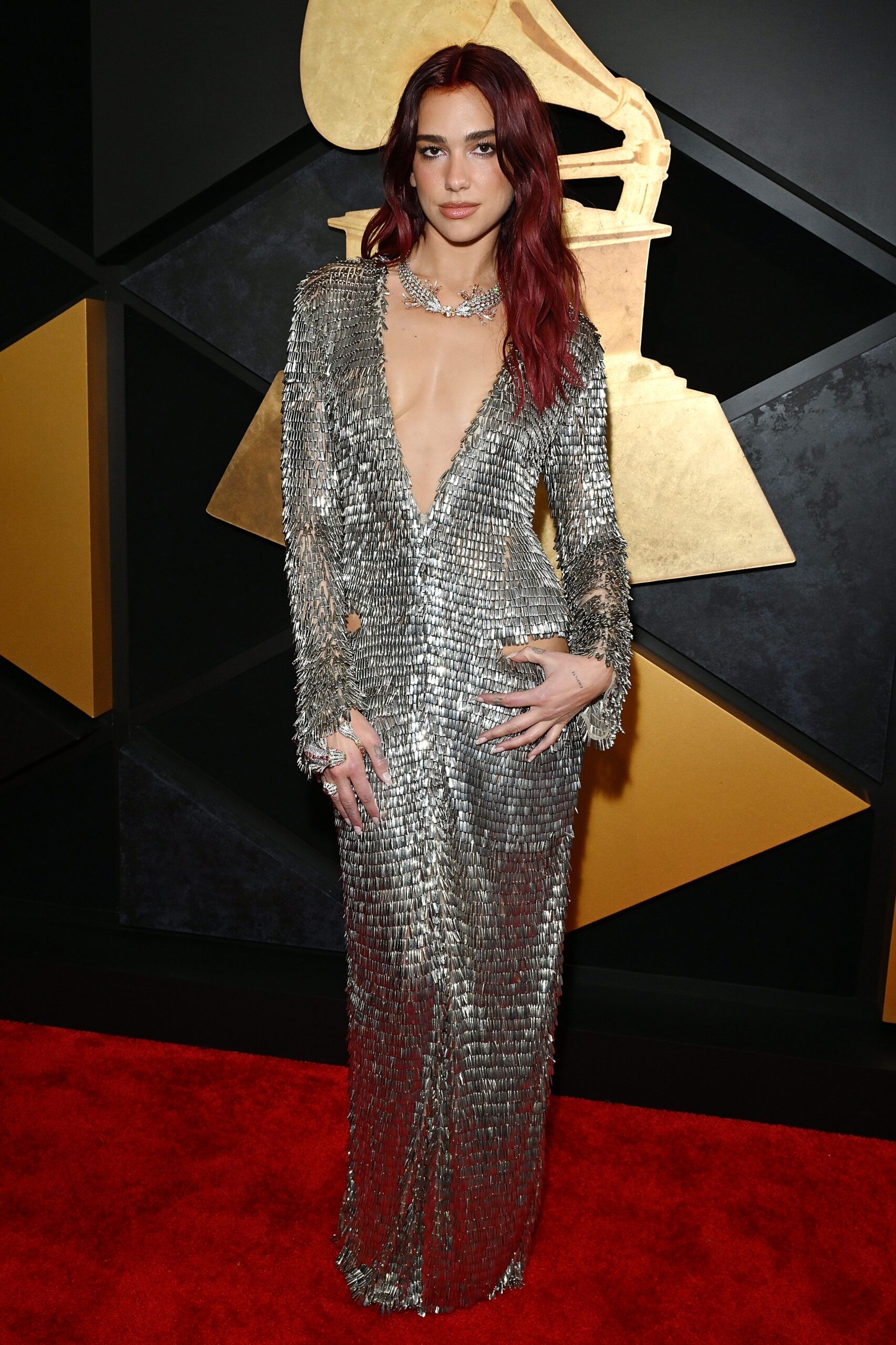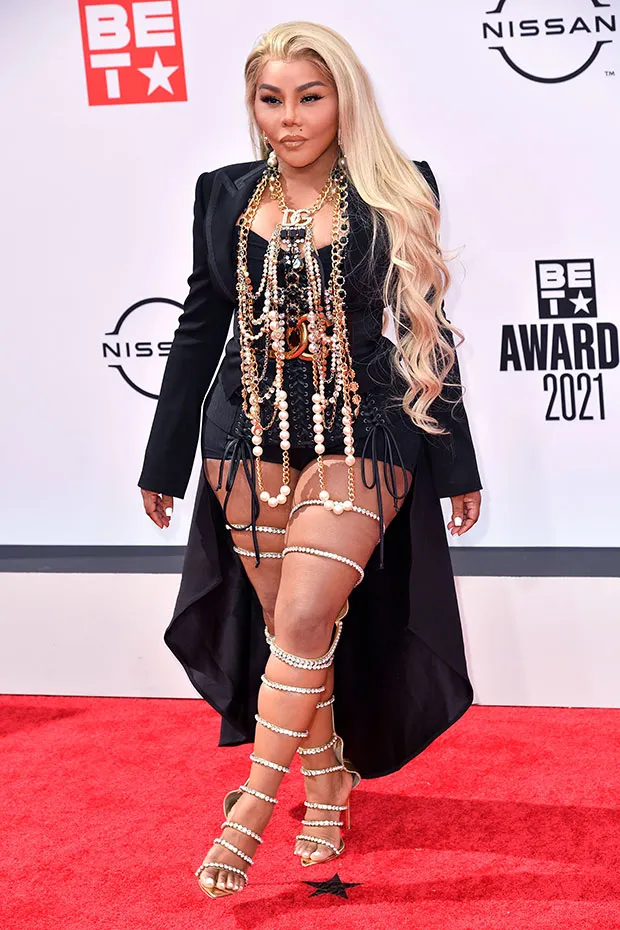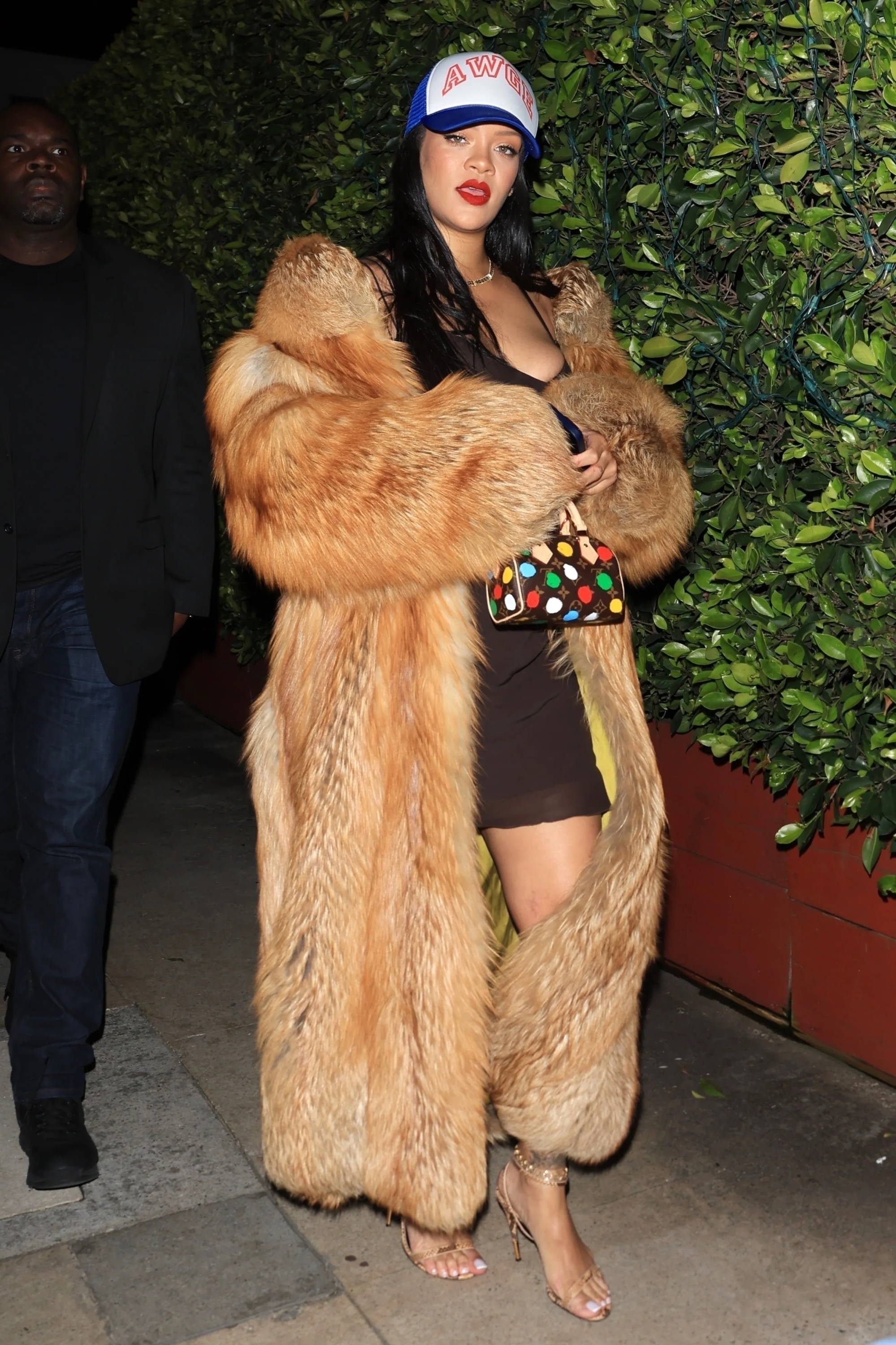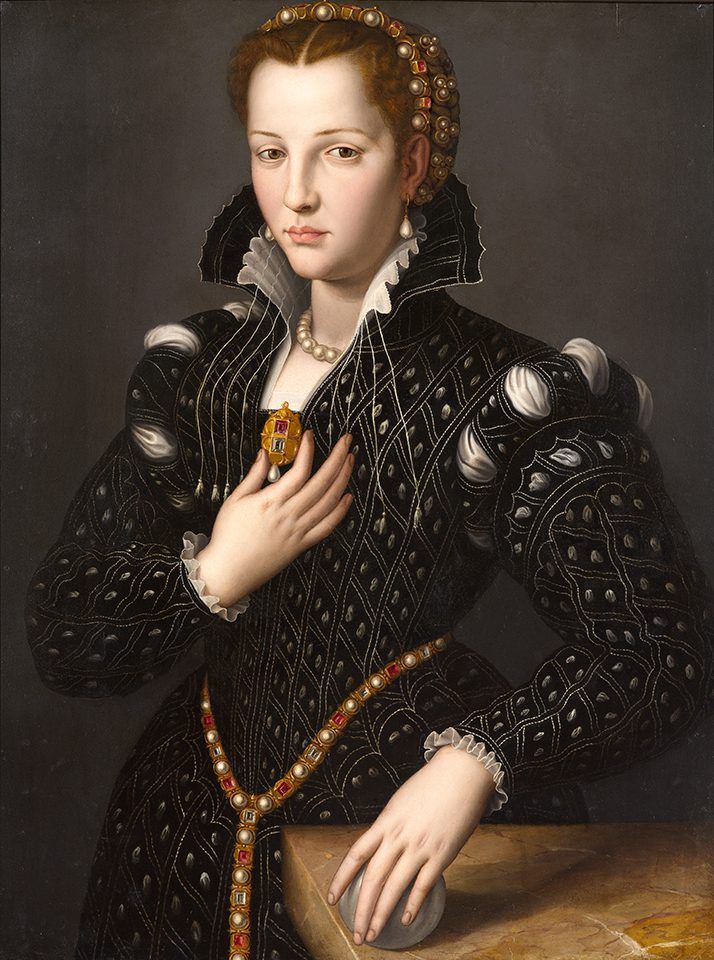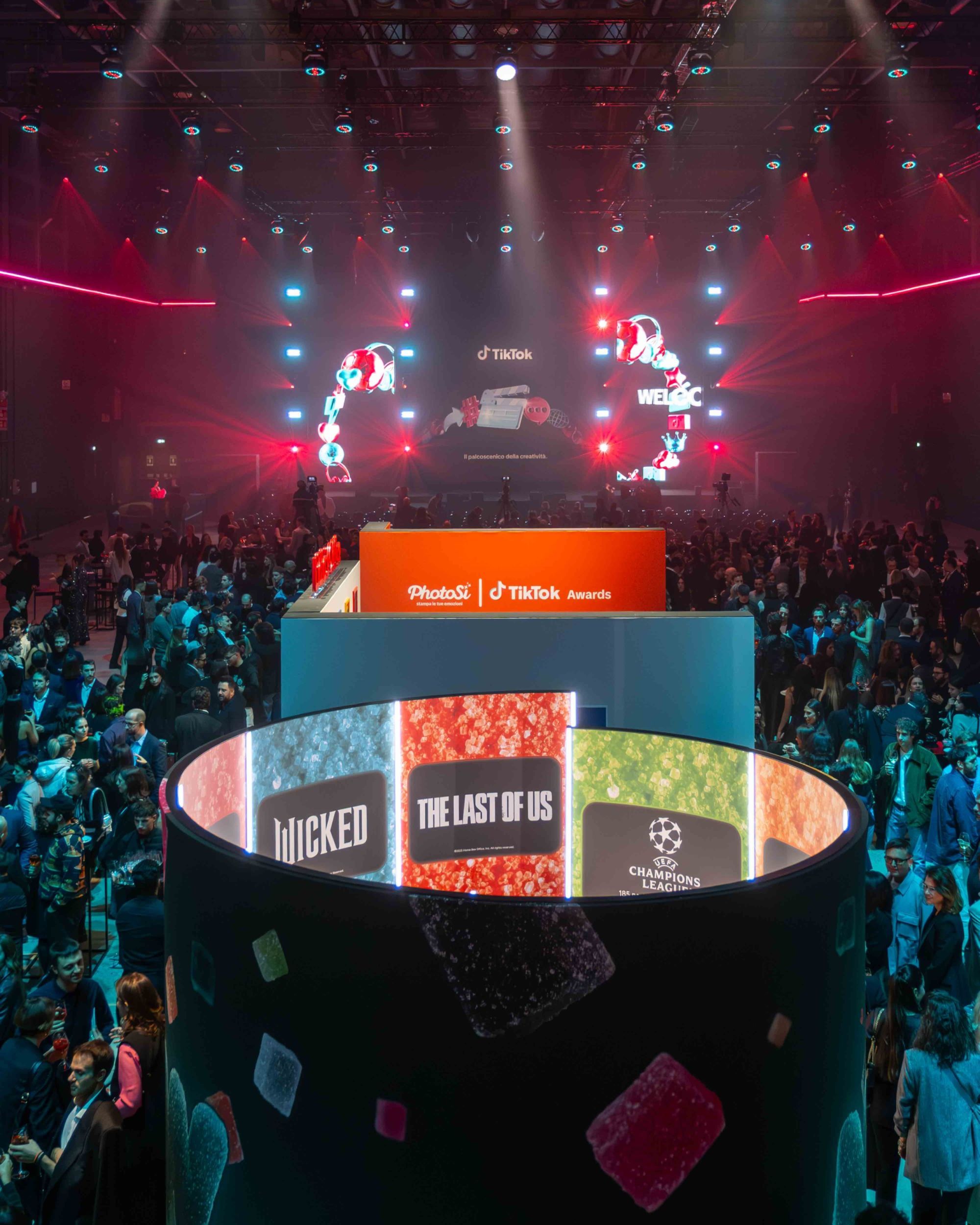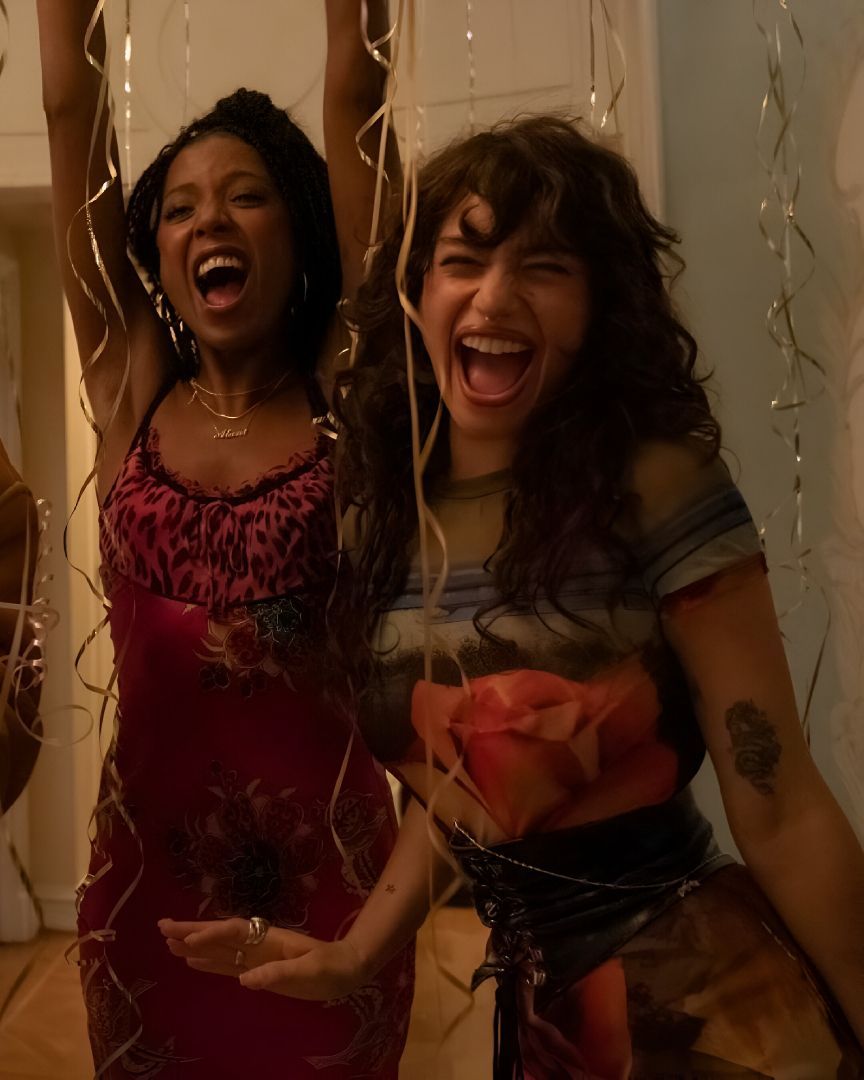
The Mob Wife through time From the 16th century to today, the symbol of powerful femininity
In the whirlwind of TikTok trends, where styles emerge and disappear as quickly as the videos themselves, a particular fascination has emerged for the aesthetic that now embodies the Mob Wife. This modus operandi, involving taking an existing style, giving it a catchy new name, watching it explode in popularity, and being adopted by influencers, brands, and media for their own lucrative purposes, only emphasizes the essence of the trend. Beyond these usually empty and unoriginal labels, the Mob Wife aesthetic stands out for its extravagance and flair. With its unique blend of ostentatious luxury, boldness, and determination, it presents itself as a bold counterpoint to "clean girl" and "quiet luxury." More than just a fashion style, it's an attitude, a full celebration of powerful femininity.
@trovlov Heard we’re in our mob wife era #mobwife #mobwifeaesthetic #outfitideas #styleinspo #nycinfluencer Mob Wife Energy Activate - The Sweet Paisana
As we celebrate the 25th anniversary of The Sopranos, the Mob Wife aesthetic is reaching new heights of popularity, celebrated by fashion magazines and propelled by the boundless creativity of TikTok users. This resurgence is endorsed by Francis Ford Coppola himself, who has drawn a connection between this aesthetic and that of Connie Corleone, an iconic character from The Godfather, describing it as the equivalent of a «seductive and delightful Italian princess.» For some, it's a homage to the golden age of criminal cinema in the 1970s and 1980s, while for others, it's a contemporary reinterpretation of old-school New York glamour, tinged with a touch of boldness and sensuality. However, behind this facade of modernity, the roots of the Mob Wife aesthetic extend far beyond television screens and our smartphones. This extravagant aesthetic draws its origins from a distant past, inherited from centuries of European portraits immortalising the wealth and power of women. It is not merely a passing fashion but rather a fascinating fusion of cultural heritage, Hollywood glamour, and contemporary creativity that continues to captivate and inspire across eras.
The essence of the Mob Wife depicted by 16th-century artists
These paintings, imbued with drama, depict female figures draped in luxurious attire, evoking the characteristic luxury and power of the contemporary Mob Wife aesthetic. Examining works like Alonso Sánchez Coello's Lady in a Fur Wrap from 1577-1579, the opulence of the fur enveloping the depicted woman is immediately striking. The meticulous details of her attire, similar to those worn by modern Mob Wives, emphasise a preference for luxurious accessories and outward signs of wealth. The captivating gazes and confident postures of women in these works reinforce the image of a female figure both alluring and determined, reminiscent of the current celebration of the mafiosa as a symbol of bold and assertive femininity.
The icons of the Mob Wife aesthetic in cinema
These three iconic figures, Connie Corleone in The Godfather, Elvira Hancock in Scarface, and Carmela Soprano in The Sopranos, have each uniquely contributed to defining this aesthetic, merging strength, sophistication, and sensuality in different contexts. Portrayed by Talia Shire in 1972's The Godfather, Connie Corleone, as Michael Corleone's sister, embodies a powerful female figure. Her sophisticated and elegant style contributes to shaping the iconic image of a woman associated with the mafia. Her clean-cut outfits, sophisticated accessories, and carefully crafted hairstyles are the key points of her style, reflecting a duality between strength and vulnerability. Michelle Pfeiffer, known as Elvira Hancock in 1983's Scarface, symbolises decadent glamour and sensuality. As the companion of ruthless drug trafficker Tony Montana, Elvira navigates a world of luxury and danger, reflected in her bold style combining opulence and provocations. Her character has left a lasting imprint on popular culture, becoming an iconic fashion reference with her form-fitting dresses, luxurious scarves, and imposing jewelry. Edie Falco, in the role of Carmela Soprano from 1999 to 2007 in The Sopranos, embodies a more modern version of the Mob Wife. Her fashion choices oscillate between tradition and modernity. Her impeccable suits, refined jewelry, and well-chosen accessories reflect her social status while maintaining a certain discretion. Carmela Soprano represents a more nuanced vision of femininity in the context of the mafia, showcasing the challenges and contradictions of her life.
The Mob Wife in contemporary pop culture
Google searches for the term "mob wife" have seen a remarkable growth of 2,122% in the last three months. Similarly, on TikTok, the hashtag #mobwife has accumulated an impressive number of views, reaching 160.9 million, while #mobwifeaesthetic has been viewed 130.6 million times. If this aesthetic has made a powerful comeback, it is most likely due to the devotion of Sarah Jordan Arcuri, who, as the "Mob Wife Aesthetic CEO" on TikTok, has managed to captivate and inspire a wide audience with her content since 2022. She has contributed to bringing together a fervent community around the #MobWifeAesthetics hashtag, quickly surpassing 50 million views in less than ten days. On her account, she shares tips, hacks, and inspirations around this theme. Celebrities have also contributed to this craze. In the same vein as rapper Lil Kim, who proudly wore outfits reminiscent of film characters in the '90s with her bold looks, oversized earrings, and imposing furs, figures like Rihanna, Kali Uchis, and Dua Lipa have joined the festivities. It-girls such as Hailey Bieber and Taylor Russell have also embraced this aesthetic.










































